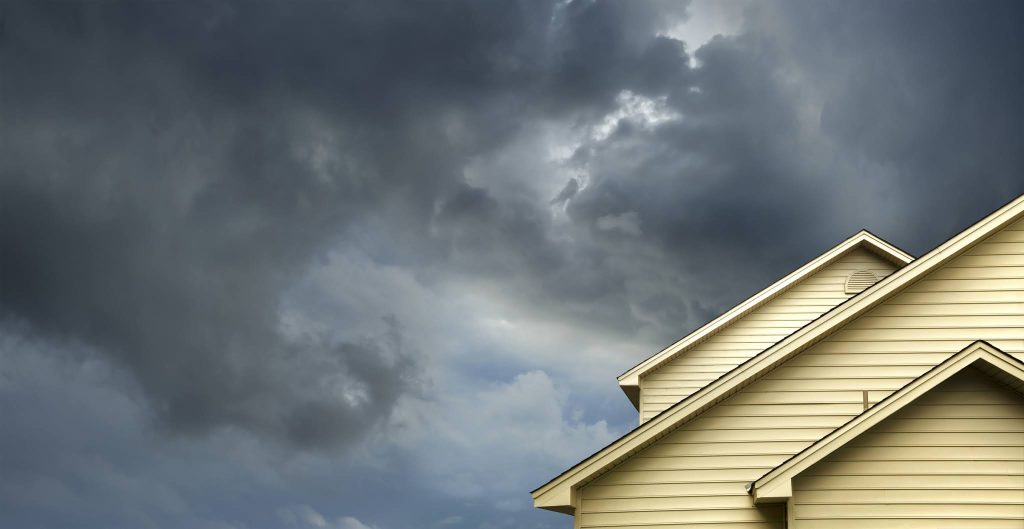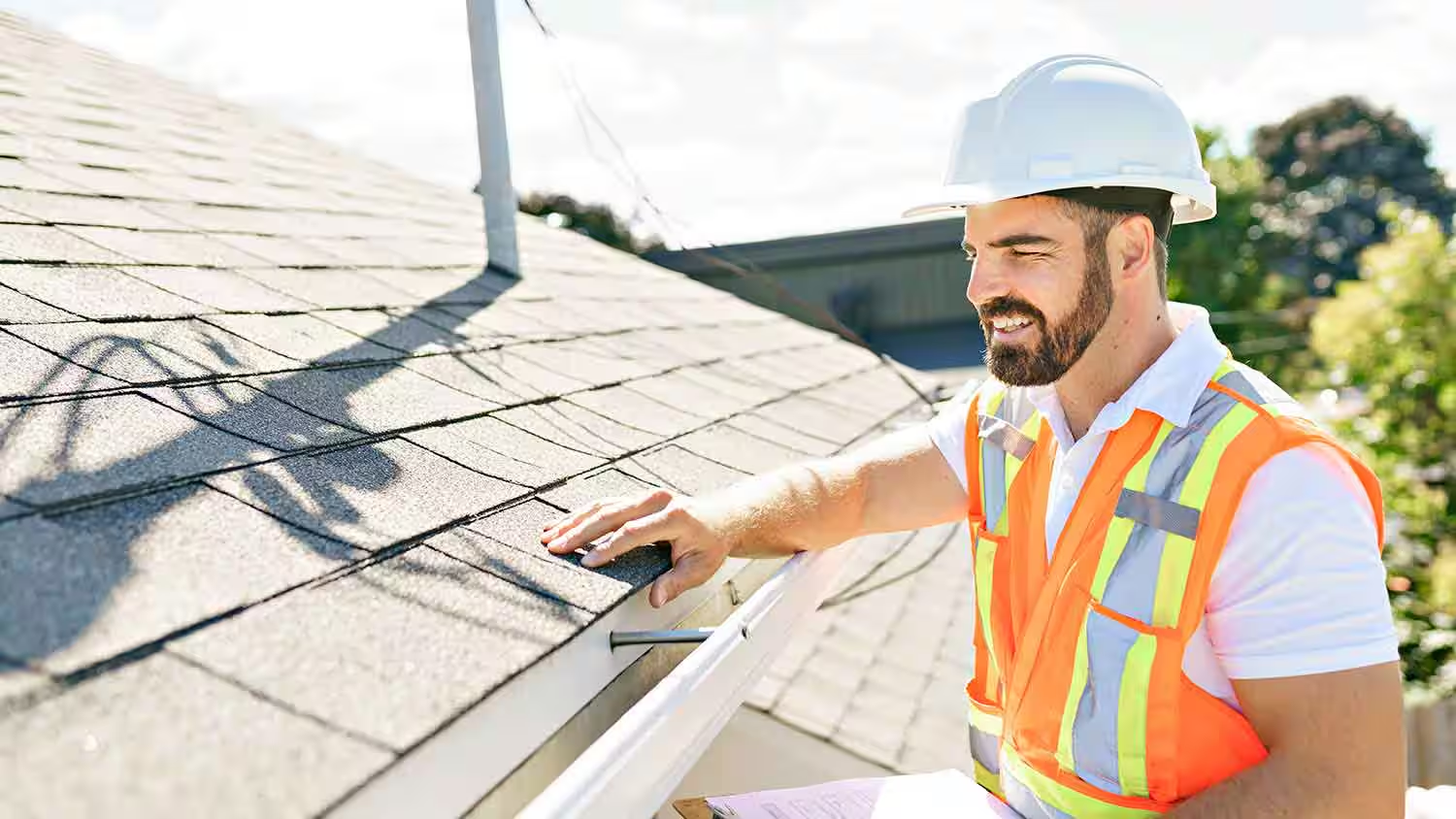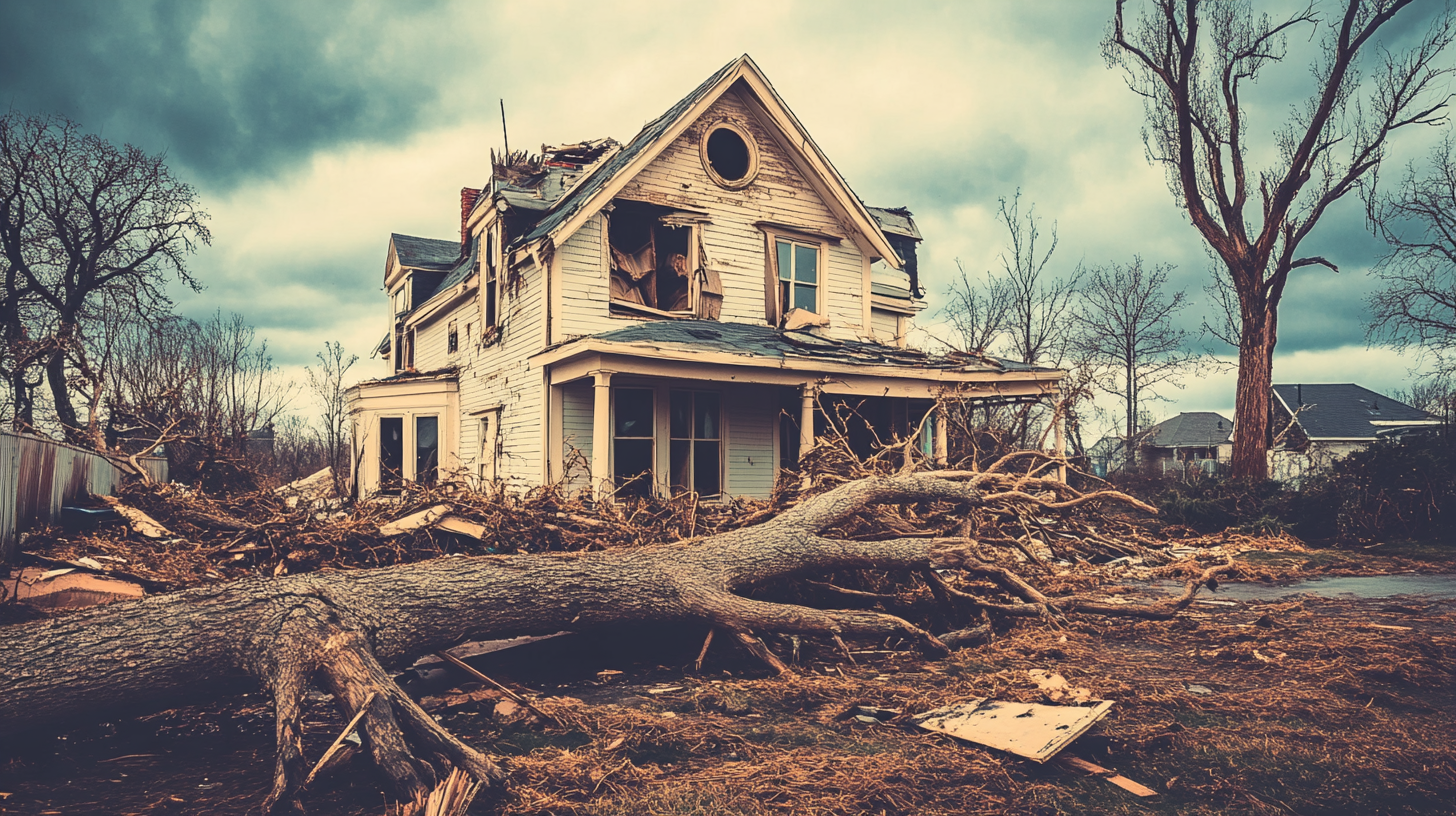What to Do After a Storm – A Practical Guide to Protecting Your Property
How can you ensure a swift and effective recovery after a severe storm hits your property? The aftermath of a storm often leaves behind not just visible damage but also hidden risks that require immediate attention.
Knowing what steps to take, from ensuring safety and documenting damage to working with your insurance company and preventing further loss, can make a significant difference in your recovery.
We hope this short guide provides you with clear, actionable steps that will help you navigate these challenges, secure your property, and prepare for future storms with confidence.
Immediate Safety Precautions

The first priority after a severe storm is personal safety. Stay inside until local authorities confirm it is safe to go out, as hazards like fallen power lines, unstable structures, or flash floods may be present. If you encounter downed power lines, maintain at least 30 feet of distance and report them to your utility company immediately. Outdoor electrocutions are a serious risk during post-storm conditions.
Data shows that electrical fatalities, including incidents involving storm-related hazards, remain a persistent concern, with 877 weather-related deaths reported in 2023 across the U.S., often linked to severe storms and flash floods.
Flooding is another major post-storm danger. Avoid standing water, which can conceal live electrical currents or carry contaminants such as sewage and chemicals. Exposure to flood water also increases the risk of infections and gastrointestinal illnesses.
Assessing Damage and Documentation
Begin assessing damage systematically, starting with vulnerable areas such as the roof, windows, and exterior walls. Wind and hailstorms are the most frequent causes of property damage, with over 2 million claims filed annually.
Inspect for missing shingles, broken windows, and cracks in walls or foundations. Don’t overlook outdoor elements like fences, gutters, or sheds, as even minor issues can escalate over time if not promptly repaired.
Documentation plays a crucial role in insurance claims. Take clear, time-stamped photos and videos of all damaged areas, both inside and outside the home. Create a detailed inventory of affected personal belongings, including their condition and approximate value.
FEMA recommends keeping digital backups of these records to streamline the claims process.
Contacting Your Insurance Company
Notify your insurance provider promptly, as most companies require claims to be filed within 30 days. Provide your insurer with a comprehensive report, including photos, videos, and a list of damaged items, to ensure a smooth claims process.
Working with an insurance adjuster is essential to determine the full extent of the damage. Accompany the adjuster if possible to highlight any hidden issues they might overlook. It is equally important to understand your policy’s coverage limits and deductible to anticipate your out-of-pocket expenses.
Hiring Professionals for Repairs

Hiring reputable contractors like BSquared Roofing ensures your property is repaired safely and in compliance with local codes. Start by researching licensed professionals, and verify their credentials through your local building authority.
After storms, be wary of “storm-chaser” contractors who offer quick repairs, but often deliver poor workmanship. To avoid fraud, obtain multiple written estimates, and prioritize contractors experienced in storm recovery who understand the insurance claims process.
Ensure all repair work complies with building codes, as failure to do so can result in fines or complications during future property sales. Most major repairs, such as roof replacement or electrical system upgrades, will require inspections by local authorities.
You should also make sure to confirm that the contractor carries liability insurance to cover accidents on-site. Try to avoid paying large upfront deposits, as reputable contractors typically require a small down payment and final payment upon project completion.
Preventing Further Damage
Taking immediate steps to prevent further damage is crucial, as most insurance policies require homeowners to mitigate additional loss after a storm. Start by covering roof leaks with tarps and boarding up broken windows to block out rain. Keep in mind that failing to take these reasonable measures may result in denied claims.
If your home experiences flooding, use pumps or wet vacuums to remove water promptly, as mold can begin growing within 24 to 48 hours under damp conditions.
For safety, shut off utilities if you suspect damage to electrical wiring or gas lines. Electrical malfunctions are responsible for about 6.8% of U.S. residential fires annually, often following severe weather.
Clear large debris like tree branches from roofs and driveways, but avoid entering structurally damaged areas until a professional inspection confirms they are safe. These preventative actions reduce the risk of secondary damage and demonstrate responsibility to your insurer.
Long-Term Property Maintenance and Prevention
Investing in long-term preventive measures like hurricane protection can reduce the risk of future storm damage, and installing impact-resistant shingles or upgrading to fortified roofing systems can cut storm damage significantly.
Adding storm shutters or impact-rated windows protects against flying debris, one of the most common causes of damage during hurricanes and severe storms. Routine maintenance, such as clearing gutters and trimming trees, also helps prevent structural damage.
Proper drainage is essential to protect your home from future flooding. Ensure downspouts direct water away from the foundation to prevent erosion and leaks. If power outages are common in your area, consider installing a backup generator. Regular home inspections, especially before storm seasons, help identify potential weak points and save on costly repairs in the long run.
What to Do if Your Home Becomes Uninhabitable
If your home is uninhabitable after a storm, you should contact your insurance company immediately to explore temporary housing options. Most homeowner policies include Additional Living Expenses coverage, which reimburses for hotel stays, rental properties, and other essential expenses.
ALE coverage typically amounts to 20% to 30% of the home’s insured value. Keep detailed records and receipts of these expenses, as incomplete documentation can slow reimbursement.
In cases where long-term repairs are needed, ask your insurer about extended ALE coverage. If insurance does not fully cover your housing needs, explore disaster relief resources, such as the American Red Cross or FEMA, which provide emergency shelter and rental assistance. You should also secure any salvageable belongings in storage to prevent further damage or theft during repairs.
Conclusion
What’s the best way to recover from a storm and prevent future damage? It starts with taking immediate safety measures, thoroughly documenting damage, working closely with your insurance company, and hiring reputable contractors for repairs.
Acting quickly to prevent further harm and ensuring your home meets safety standards are essential steps in the recovery process.
Long-term maintenance, like reinforcing your roof and improving drainage, helps protect your property against future storms. By staying proactive and prepared, you can reduce risks, minimize losses, and safeguard your home for years to come.







